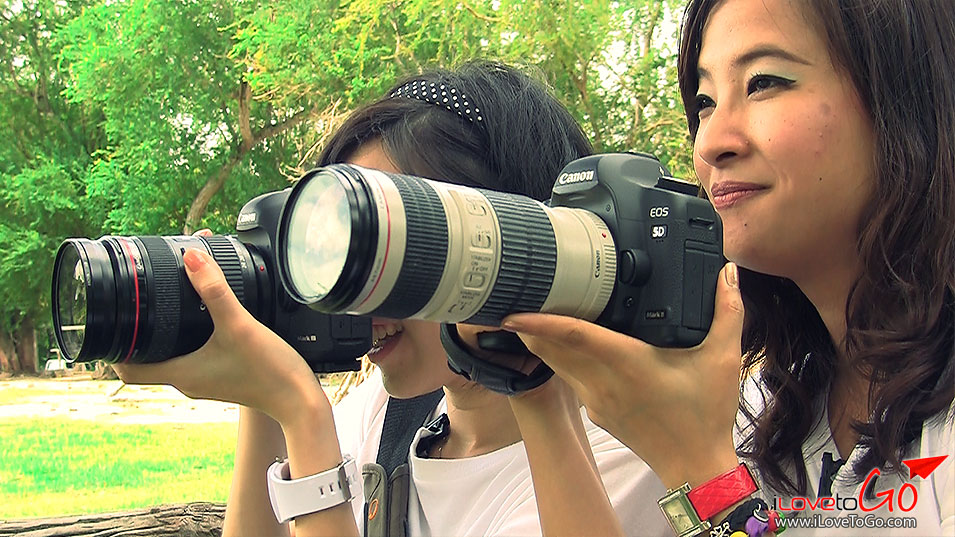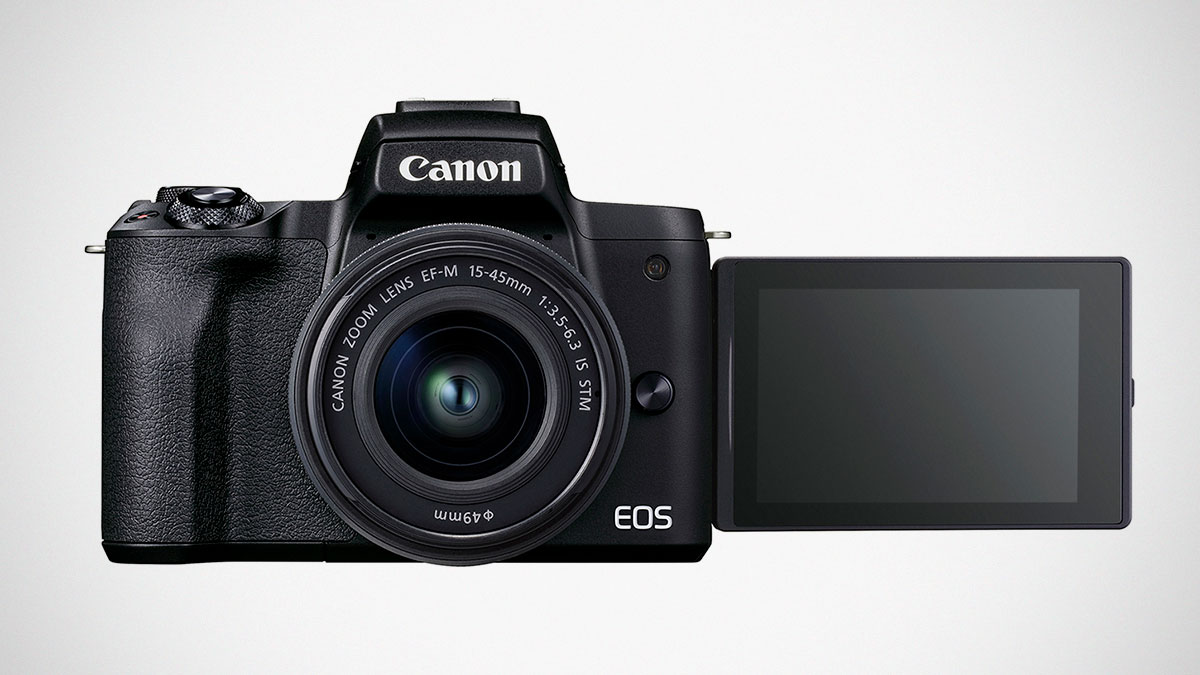
Additionally, there is a 4K crop option that uses a dot to dot readout from the sensor to give a Super 35-sized field of view. Its 4K UHD option is slightly trimmed at each end to give the TV-friendly 16:9 aspect ratio.
CANON EOS 5D MARK III VS 6D VS 7D MARK II FULL
While its predecessor's 4K DCI output was cropped, the Canon EOS-1D X Mark III’s 4K DCI (17:9, 4096 x 2160) and RAW video is oversampled, using the full width of the sensor. In addition to the new RAW option, the Canon EOS-1D X Mark III can also record H265 HEVC 4:2:2 10-bit internally, complete with Canon Log. "Nothing else on the market can do that apart from high-end video cameras," says Mike.

DIGIC X and CFexpress afford the data rates required for recording 5.5K 12-bit RAW video internally at 50/60fps. Video recording has been significantly upgraded in the Canon EOS-1D X Mark III. But unlike its predecessor, which required exposure and AF to be locked on the first frame, the Canon EOS-1D X Mark III offers full AF tracking and metering capabilities for every shot.Ĩ.

Live View gets a notable boost too – from 16fps to 20fps in the Canon EOS-1D X Mark III. "Even if you do manage to shoot that number, you only have to wait two seconds for the buffer to empty and you can shoot the full amount again." "From our initial tests, you can shoot over 1,000 RAW files at 16fps," continues Mike. The dual CFexpress card slots certainly help, with even the basic CFexpress cards offering speeds around three times faster than CFast 2.0™ in the Canon EOS-1D X Mark II. Yet here we are, offering 16fps and getting higher performance autofocus at that frame rate as well." "At one stage 12fps was considered the maximum you could ever do with autofocus in an SLR system.

But its successor eclipses this, offering speeds of around 16fps with full AF/AE tracking. Able to hit approximately 14fps with full AF/AE tracking when using the viewfinder, the Canon EOS-1D X Mark II set the benchmark for continuous shooting speed.


 0 kommentar(er)
0 kommentar(er)
